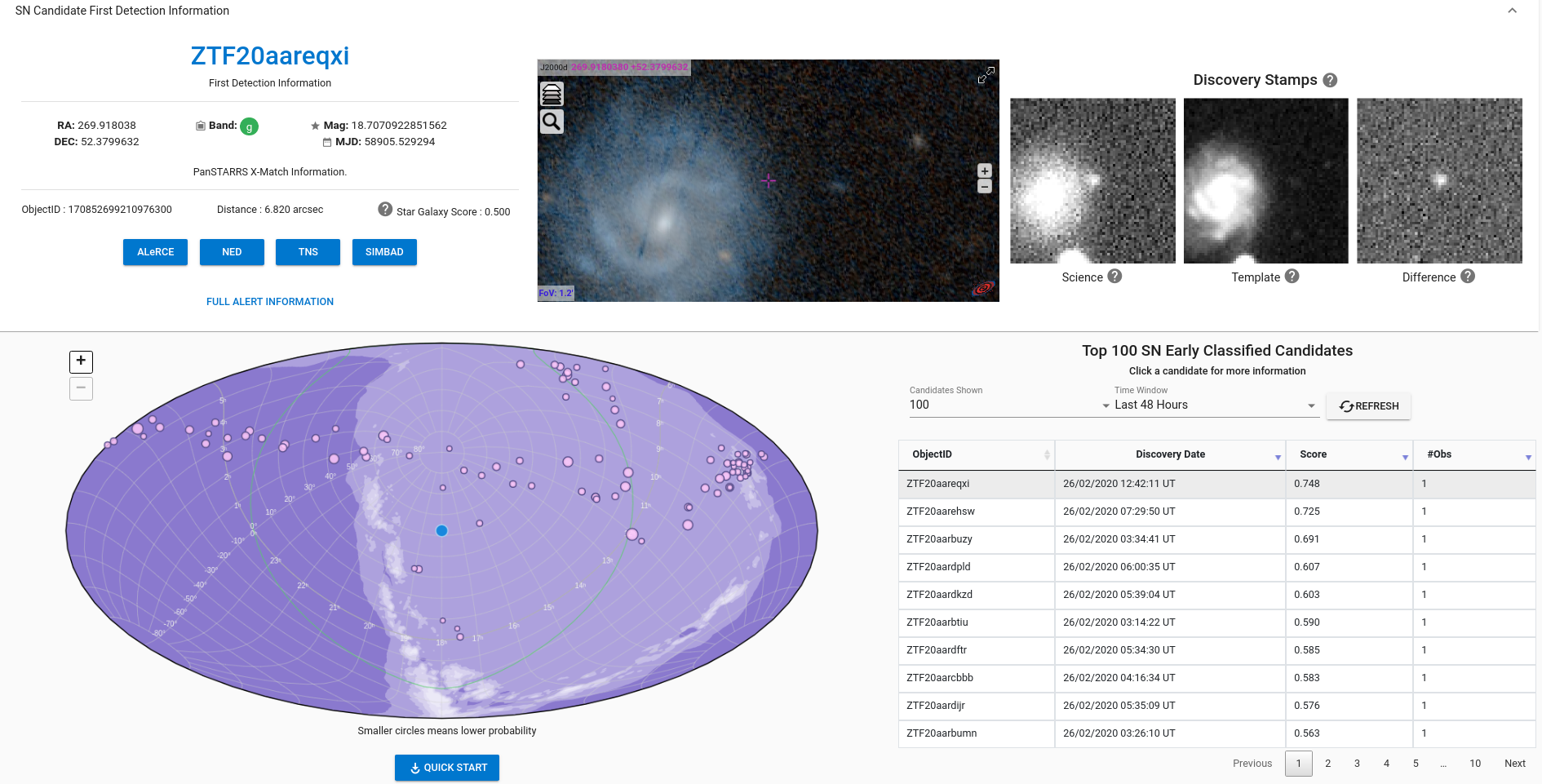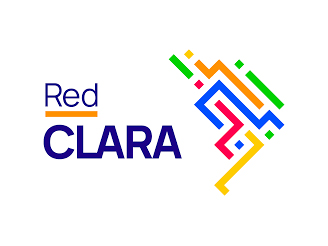ALeRCE (Automatic Learning for the Rapid Classification of Events), is what in technical terms is known as “broker”. The broker seeks to create the tools that meet the needs of new astronomy, characterized by generating an extraordinary amount of data and “astronomical alerts” for analysis every night.
The job of the brokers is to create tools and algorithms that allow the automated analysis of data from large scanning telescopes, in order to identify the most interesting astronomical objects in real time and that these can then be studied with tracking telescopes; a task that an astronomer would be unable to do manually.
“In the new era of large surveys, we need to identify and classify large volumes of transient and variable objects for their characterization. The faster and more accurate the classification is, the better will be the resultant science, and this task is carried out by the so-called astronomical brokers. Leading a broker from Chile will allow us to better use the available monitoring resources and to develop the necessary capacities, so that our community will be competitive once the telescopes like the Vera Rubin start operating”, says Francisco Förster, associate researcher at Millennium Institute of Astrophysics (MAS) and one of the leaders of ALeRCE.
As he explains, ALeRCE’s work begins when a survey telescope, such as the Zwicky Transient Facility (ZTF) or in the future the Vera Rubin, sends alerts that reach the system. Each alert has associated images, different measurements, and contextual information around an area of the sky where variations are detected. Using computer learning tools, it is first determined whether the object has a higher probability of being a supernova, a supermassive black hole, a variable star, an asteroid or an artifact. If there is a high probability, these candidates are published in different tools. For example, in the case of supernovae, it goes to a proprietary tool called SN Hunter to be inspected by a person and reported in the Transient Name Server, the official mechanism of the International Astronomical Union to report new transitory objects.

They currently use the data produced by the robotic telescope ZFT, located in San Diego, USA, which are sent by the academic networks, Internet2 (USA), RedCLARA (Latin America) and REUNA, to Chile, where the 200 thousand alerts that are generated every night are processed. “We do this with the infrastructure we have in the REUNA Data Center and in the Amazon cloud. The idea is to have the greatest amount of processing in REUNA, which is the brain of the national network, and that when people want to access the services they do this from the cloud”, says Förster.
In the upcoming years, when the Vera Rubin telescope comes into operation, this data (estimated to be around 10 million events per night) will travel directly to Santiago through REUNA’s optical network, to be processed in real time, in an unprecedented technological challenge.
So far, they already have more than 5 thousand objects reported as supernovae from ALeRCE’s SN Hunter and more than 600 spectroscopically confirmed, which has strongly attracted the attention of the international community. A proof of this are the more than 2,000 users from 53 countries who have entered the ALeRCE explorer since the beginning of 2019.
This initiative is led by the Millennium Institute of Astrophysics (MAS), the Center for Mathematical Modeling (CMM) and the Data Observatory (DO), and it counts with the participation of a multidisciplinary team of researchers from the UAI, UACh, UChile, UC, UdeC, UNAB, USACH, UTEM and UV, with the collaboration of REUNA and researchers from Caltech (California Institute of Technology) and the Universities of Harvard and Washington.
For more information, please visit alerce.science









